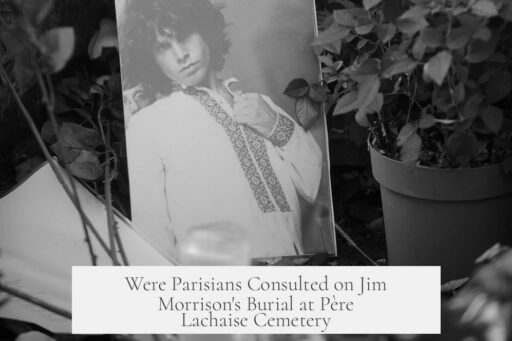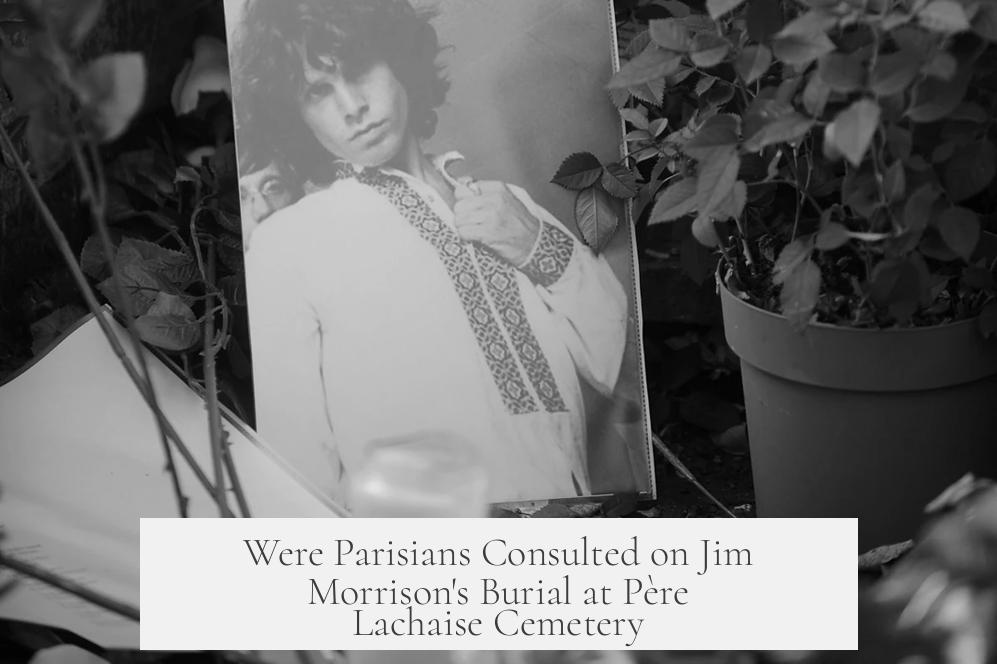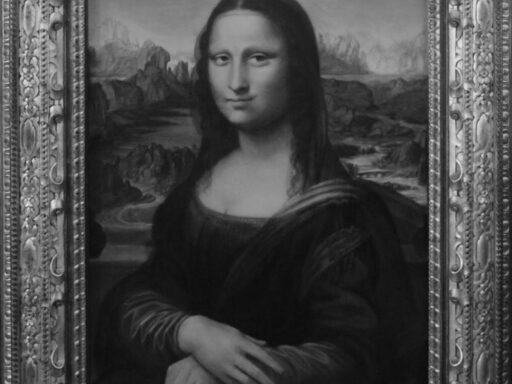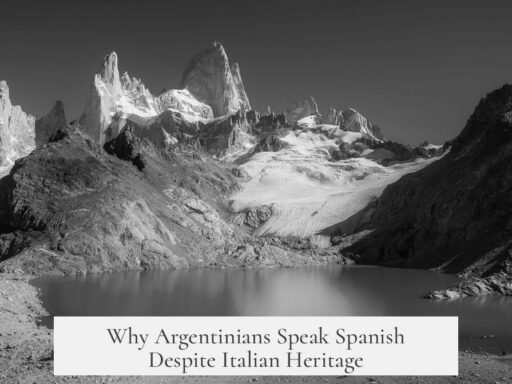The people of Paris were not asked to judge if Jim Morrison was worthy of being buried in Père Lachaise Cemetery. The decision was handled privately by Morrison’s closest associates in Paris without any public consultation or evaluation of his legacy. Morrison was buried quietly before his death became public knowledge, with key individuals arranging the burial discreetly.
When Jim Morrison died in Paris in July 1971, those responsible for the funeral and burial were primarily Pamela Courson, Morrison’s American partner, and Alain Ronay, a French friend and UCLA acquaintance. Ronay had studied film with Morrison and Ray Manzarek and was one of Morrison’s closest Paris contacts. These two coordinated the burial arrangements and managed the process without involving the Paris public or any official civic body.
Alain Ronay played a crucial role in securing Morrison’s grave at Père Lachaise Cemetery, a prestigious resting place known for famous personalities such as Chopin, Sarah Bernhardt, and Oscar Wilde. Ronay used his Parisian connections, including actress-director Agnes Varda, to keep the news of Morrison’s death quiet and to negotiate with cemetery officials.
Finding a burial space at Père Lachaise was challenging because available plots were scarce, especially for foreigners. However, Ronay succeeded in obtaining a plot before Morrison’s death was publicly announced. Pamela Courson initially considered cremation, but Ronay persuaded her to choose burial at Père Lachaise, securing one of the few remaining spaces, despite some difficulty in selecting the exact location.
| Aspect | Details |
|---|---|
| Decision Makers | Pamela Courson (partner), Alain Ronay (friend/film student) |
| Burial Location | Père Lachaise Cemetery, Division 89 |
| Burial Timing | Before public announcement of death |
| Public Involvement | None; no public judgment or consultation |
| Negotiation Strategy | Ronay’s personal connections and discretion |
Ronay recounted that he approached the cemetery administration highlighting Morrison’s status as a “famous young American writer.” Although officials initially offered a spot near Oscar Wilde, Ronay refused and found a double plot near a memorial to victims of Nazi oppression in a quieter section. This shows that the burial location was chosen carefully but without any official public review or input.
Media coverage was purposefully delayed to avoid a media frenzy. Morrison’s burial took place before the public even learned of his death, ensuring privacy. This careful secrecy means there was no time or platform for Parisians to debate or appraise Morrison’s worthiness for interment.
These accounts come from reliable sources, including two well-researched biographies: Break On Through: The Life And Death Of Jim Morrison and Stephen Davis’s Jim Morrison: Life, Death, Legend. Both biographies cite interviews with Ronay and refer to a 1991 Ronay article in Paris Match. Given these multiple corroborations, the narrative about a private burial decision stands strong.
There is no record of any public or official ceremony to assess Morrison’s poetry, music, or place in cultural history at the time of his burial. Rather than a communal judgment, the decision was a personal and logistical matter managed by Morrison’s close acquaintances.
- Jim Morrison’s burial was arranged privately by Pamela Courson and Alain Ronay.
- Ronay used his Paris connections to secure a rare plot at Père Lachaise.
- The burial occurred before news of Morrison’s death was publicized.
- The people of Paris were not consulted or asked to judge Morrison’s worthiness.
- Reliable biographies and first-hand accounts support these facts.
Were the People of Paris Asked to Judge if Jim Morrison Was Worthy of Being Buried in Père Lachaise Cemetery?
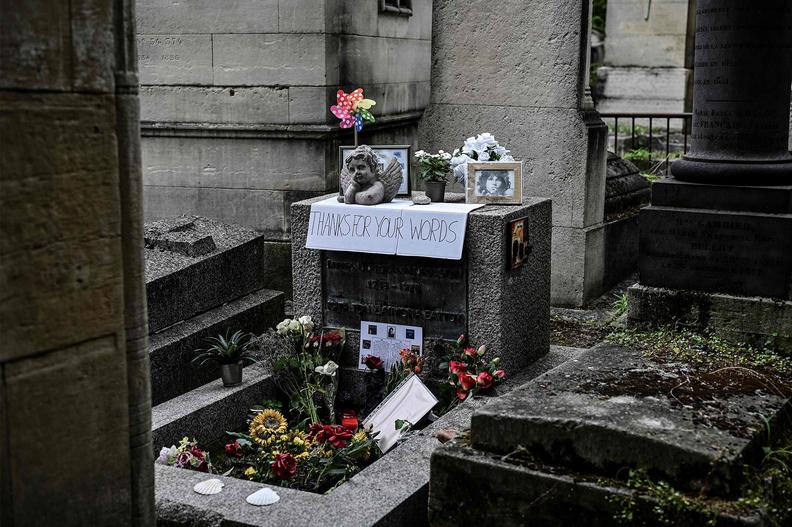
No, the people of Paris were never asked to judge Jim Morrison’s worthiness for burial in Père Lachaise Cemetery. Contrary to some myths, there was no public or collective decision-making involved in whether Jim Morrison—rock legend and Doors frontman—could rest in one of Paris’s most prestigious cemeteries.
The story behind Morrison’s burial is filled with privacy, discretion, and friendship, rather than public debate or civic judgment. Let’s unpack the details.
Keeping It Quiet: A Burial Before the World Knew
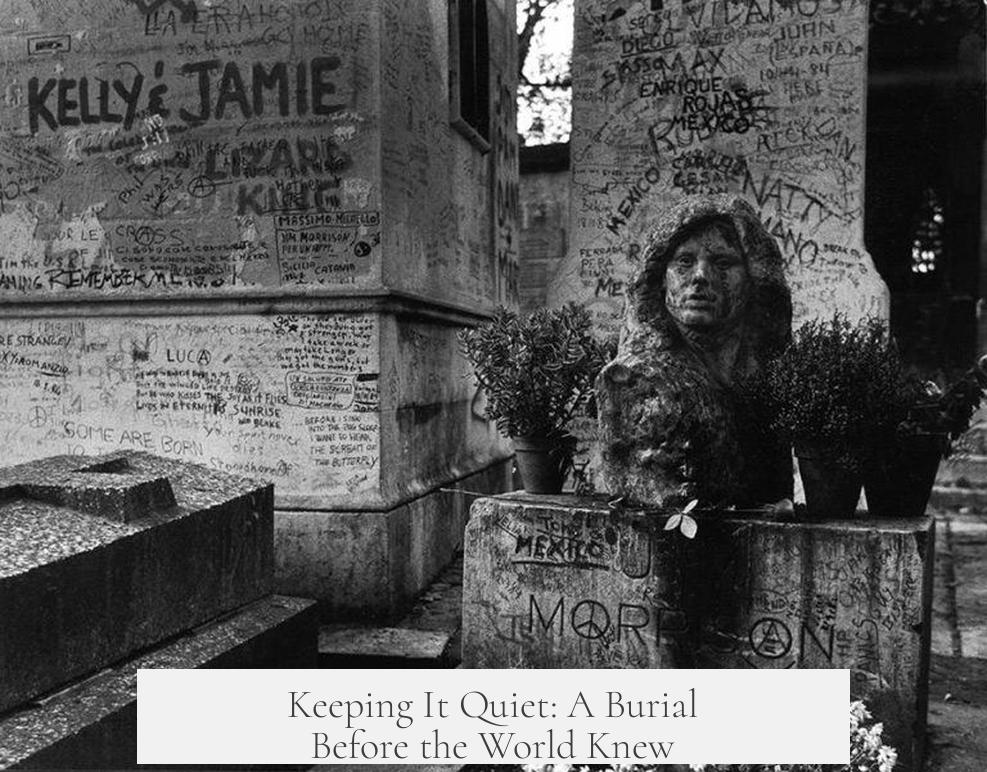
When Morrison died suddenly in Paris in July 1971, the news did not swell into a media frenzy right away. In fact, his body was buried before the public even knew he had passed away. No crowds gathered, no petitions circulated, and certainly no literary or cultural forums convened to discuss his poetic or musical legacy.
This deliberate silence was the work of his closest Parisian circle. Pamela Courson, Morrison’s American partner, along with Alain Ronay, a French friend and film student acquaintance, managed the funeral arrangements with utmost discretion.
Why the hush-hush? The media was intrusive even back then. Courson and Ronay sought to prevent a chaotic spectacle. Ronay’s ties within Parisian cultural circles and even with renowned filmmaker Agnes Varda helped keep things under wraps. It was a quiet goodbye, not a public trial.
Who Decided Where Morrison Would Be Buried?
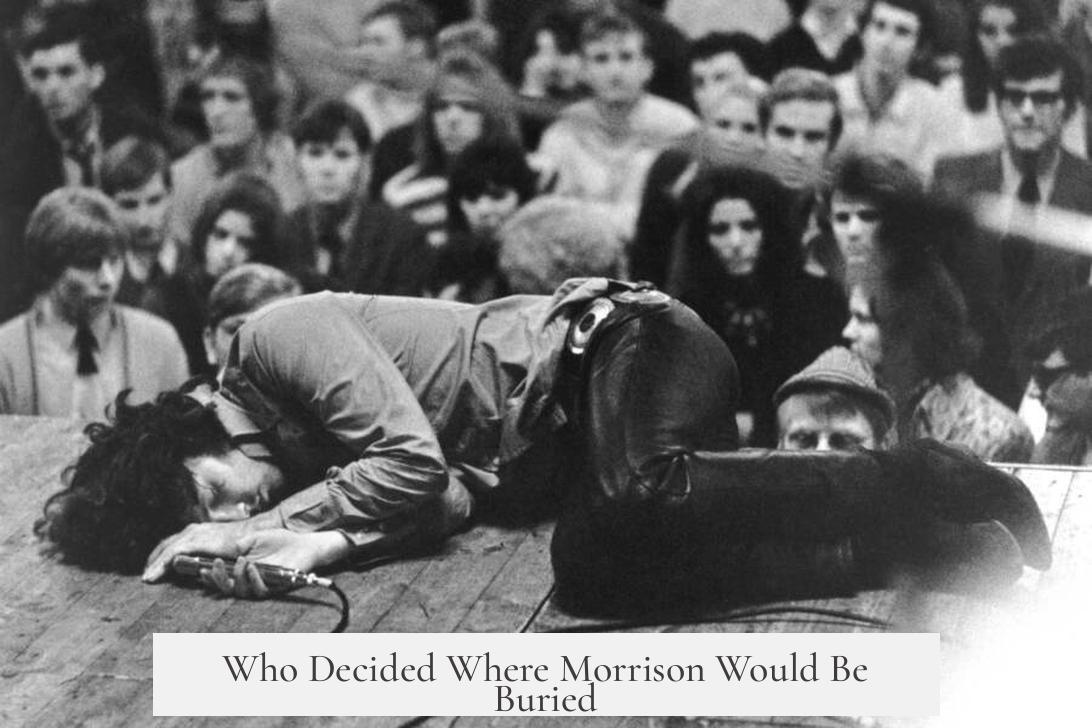
It wasn’t the Parisian public, or city officials, or poetry societies that decided Jim Morrison’s burial ground. The mantle fell to Pamela Courson and Alain Ronay. These two handled everything, including ensuring Morrison’s resting place was Père Lachaise—a cemetery known for resting literary giants, artists, musicians, and cultural icons.
Alain Ronay’s role was pivotal. Not only did he pull strings, but he also personally appealed to cemetery authorities. At the time, getting buried at Père Lachaise wasn’t just a matter of paperwork—especially for a foreigner. Spaces were scarce, and foreign burials could be tricky.
Ronay reportedly persuaded the cemetery’s caretakers by emphasizing Morrison’s status as a respected young American writer. There was even a moment where Ronay was offered a plot next to Oscar Wilde, but he declined, wanting something more discreet and fitting elsewhere in the cemetery.
The Unusual Choice of Burial Space
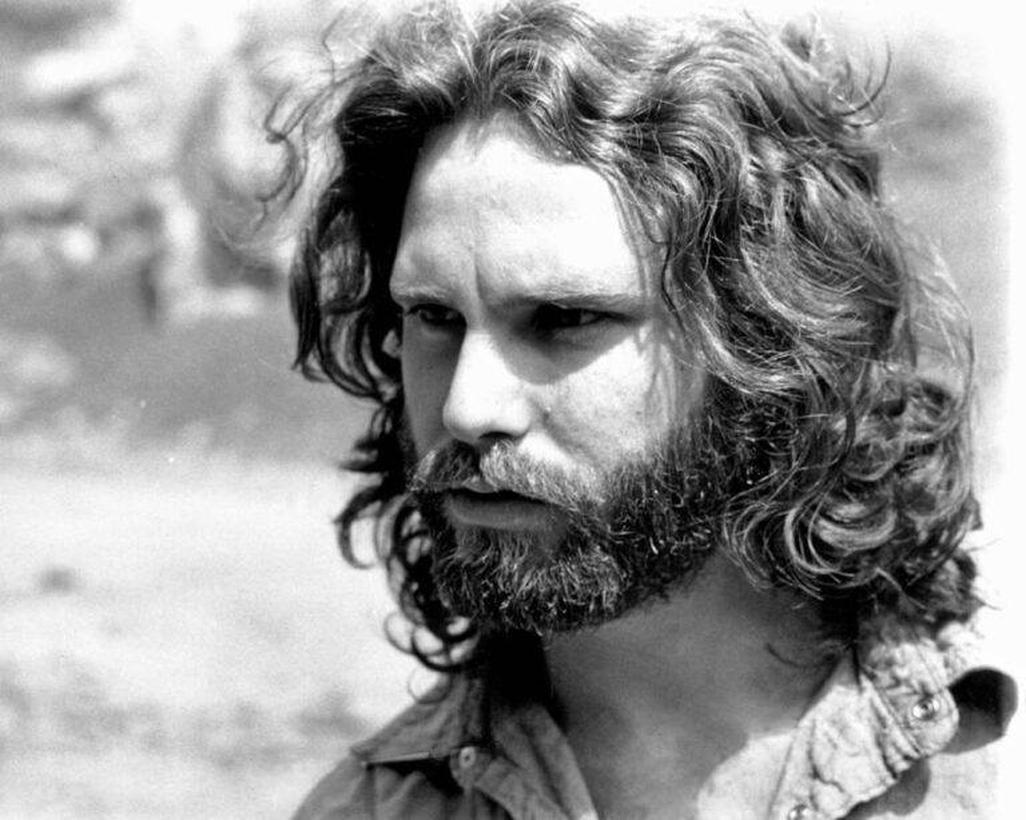
Interestingly, Pamela Courson had initially wanted Jim Morrison to be cremated. Ronay, however, advocated for a burial at Père Lachaise instead. He reflected on the prestige of the place and managed to select from a rare choice of available plots. In the end, Morrison was laid to rest in a small double plot near a memorial to victims of Nazi oppression, somewhat off the beaten path but still part of the historic cemetery.
This decision reveals a lot about the nature of the arrangement: personal, respectful, and far from the limelight. It was friends and loved ones making the call, not a board or a public vote on Morrison’s poetic merit or cultural contribution.
What About Judging His Poetry or Legacy?
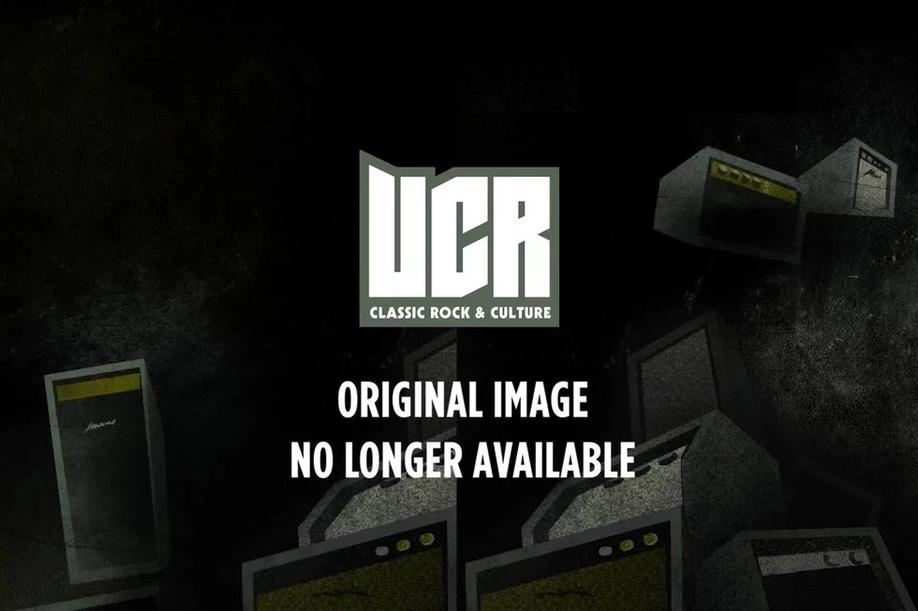
The rumor or myth that Parisians or literary committees judged Morrison’s poetry before allowing his burial at Père Lachaise is just that—a myth. The truth is quite simple: there was no public judgement of Morrison’s poetry or legacy at the time of his burial.
In fact, by the time the general public learned of his death, Morrison was already interred. His artistic merit would be debated endlessly later, but not at his final resting place.
Sources and Reliability of These Accounts
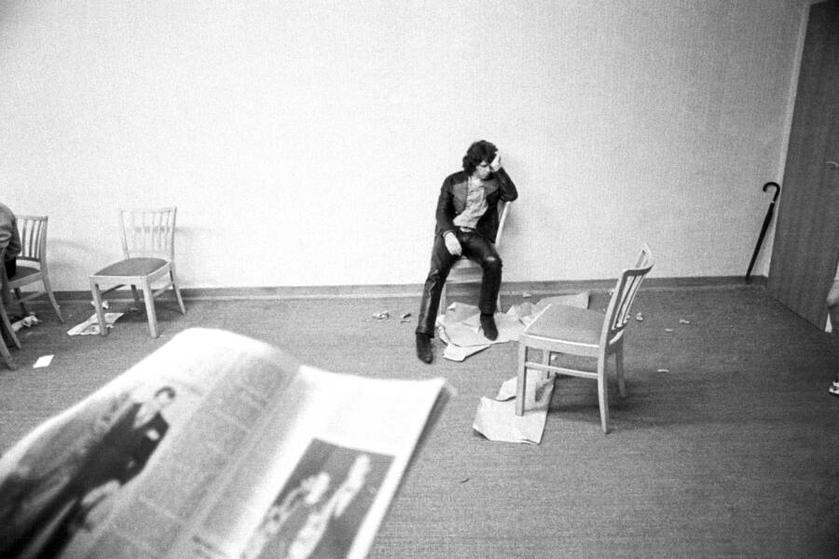
This narrative is well-supported by two soberly researched biographies: Break On Through: The Life And Death Of Jim Morrison and Jim Morrison: Life, Death, Legend by Stephen Davis. Both draw heavily from Alain Ronay’s own account of Morrison’s last days, including an article Ronay wrote for Paris Match in 1991. These sources align on the silent, private nature of Morrison’s burial and the absence of public involvement.
Why Does This Matter?
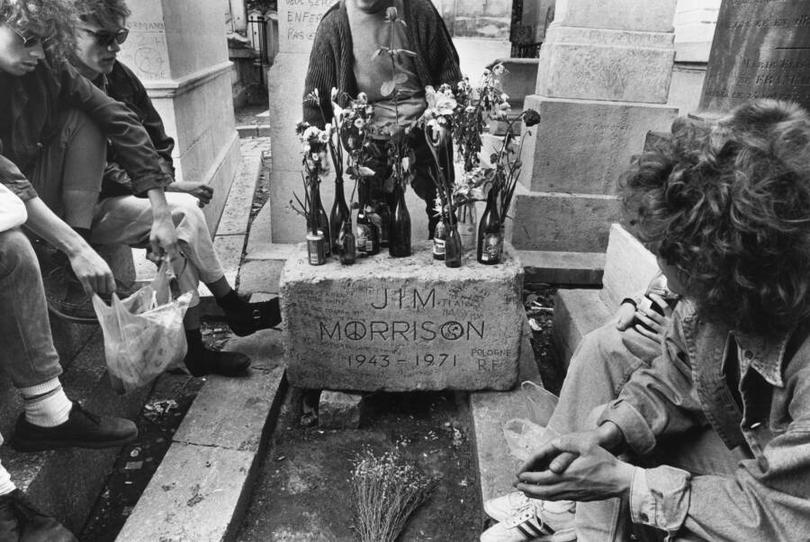
Does it surprise you that a rock star like Jim Morrison was buried quietly, almost like a well-kept secret? In an age where celebrity deaths are instant global news, this stands out. It reminds us that sometimes, the closest friends hold the reins, keeping decisions intimate and out of the public eye.
This secrecy likely helped preserve Morrison’s dignity before his legend exploded worldwide. Père Lachaise, once a quiet resting place, became a pilgrimage site only afterward, thanks to fans honoring Morrison’s legacy long after the cemetery gates closed on his burial.
So What Can We Learn From This?
- The legend of Jim Morrison’s burial shows how private decisions can shape public memory.
- It highlights the importance of trusted friends and connections in sensitive situations.
- The absence of a public “judgment” reminds us that cultural legacies are complex and evolve over time, often beyond formal approvals.
Would more public involvement have helped or hindered Morrison’s legacy? Perhaps it’s better this way—his final resting place reflects a personal act of respect, not a public referendum.
Final Thought
Jim Morrison’s grave at Père Lachaise isn’t just a tombstone—it’s a quietly orchestrated resting place chosen by his closest allies, free from public contest or debate. It stands today as a symbol not of public judgment, but of friendship, respect, and preservation of privacy amidst the growing legend of rock music’s enigmatic poet.
